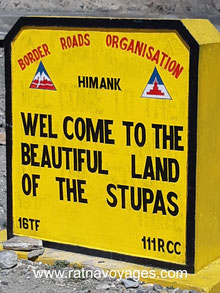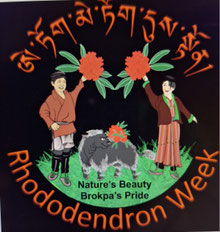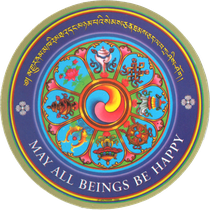MATHO MONASTERY, INDUS VALLEY NEAR LEH - LADAKH

|
NAME/NOM/ NAME/NOME |
MATHO GOMPA THUPTAN SHASTUBLING CHOSKOR |
|
|
|
||
|
LOCATION/LIEU/ ORT/LUOGO |
Matho Village, 24Km from Leh | |
|
|
||
|
LINEAGE/TRADITION/ SCHULE/ORDINE |
Sakyapa | |
|
|
||
|
FOUNDED/FONDÉ/ GEGRÜNDET/FONDATO |
1410 | |
|
|
||
|
FOUNDER/FONDATEUR/ GRÜNDER/FONDATORE |
Lama Dungpa Dorjay | |
|
|
||
|
PROTECTOR/PROTECTEUR/ SCHIRMHERR/PROTETTORE |
Rongtsan | |
|
SPIRITUAL HEAD/ MAÎTRE SPIRITUEL/ GEISTIGES OBERHAUPT/ CAPO SPIRITUALE |
H.H. Sakya Kongma | |
| WWW./FACEBOOK | http://www.hhthesakyatrizin.org | |
|
BRANCH/AFFILIÉ/ ZWEIG/AFFILIATO |
||
| FESTIVAL | Nagrang | |
| FESTIVAL 2024 | February 23-24, 2024 |
Matho Monastery - Foundation and early years
Matho Monastery, officially known as Matho Gompa, was established in the 16th century by Lama Dugpa Dorje. It is situated on the eastern bank of the Indus River, approximately 26 kilometers southeast of Leh, the capital of Ladakh. The monastery was founded as the residence of the Sakya pa sect of Tibetan Buddhism.
Matho Monastery - Unique Oracle Festival
One of the distinctive features of Matho Monastery is its annual Oracle Festival, known as the Matho Nagrang Festival. During this event, two oracles, known as Rongtsan, become mediums for the deities. These oracles are selected from among the monks through a rigorous process. The festival, held in the first month of the Tibetan lunar calendar, attracts pilgrims and visitors who come to witness the oracles' trance-like states and seek their blessings.
Matho Monastery - Sakya Tradition
Matho Monastery follows the Sakya tradition, one of the four major schools of Tibetan Buddhism. This tradition places importance on the teachings of the Sakyamuni Buddha and was introduced to Ladakh by Lama Dugpa Dorje. The monastery became a center for Sakya teachings, attracting monks and followers from different parts of Ladakh.
Matho Nagrang Festival
The Matho Nagrang Festival is an essential religious event at the monastery. It involves a sacred mask dance performed by the monks, accompanied by traditional music. The oracles, while possessed by deities, provide prophecies and guidance to the attendees. The festival is a vibrant celebration of faith, culture, and spirituality, reflecting the unique traditions of Matho Monastery.
Matho Monastery - Architectural Significance
The monastery itself is architecturally significant. The main assembly hall houses a rich collection of thangkas (Tibetan Buddhist paintings), ancient manuscripts, and statues of Buddhist deities. The vibrant frescoes and intricate murals depict scenes from Buddhist scriptures and contribute to the monastery's cultural and artistic heritage.
Matho Monastery - Contributions to Buddhist Learning
Over the centuries, Matho Monastery has played a crucial role in preserving and propagating Buddhist teachings. It has been a center for spiritual learning, meditation, and the pursuit of knowledge, fostering a deep connection to the principles of Buddhism.
Matho Monastery - Modern Era and Tourism
In the modern era, Matho Monastery continues to attract tourists and pilgrims alike. Its unique festivals and cultural significance make it a notable destination for those interested in Ladakh's Buddhist heritage.
Matho Monastery stands as a testament to Ladakh's religious and cultural diversity, showcasing the enduring legacy of Buddhist traditions in the region.






























